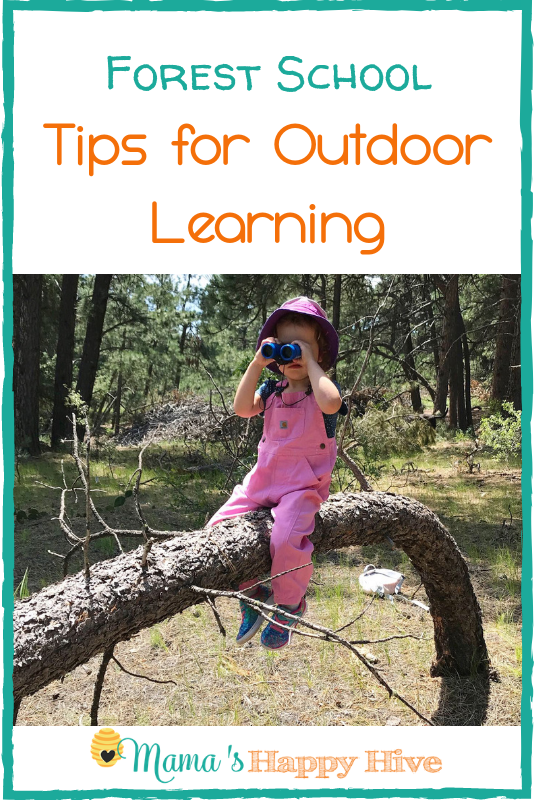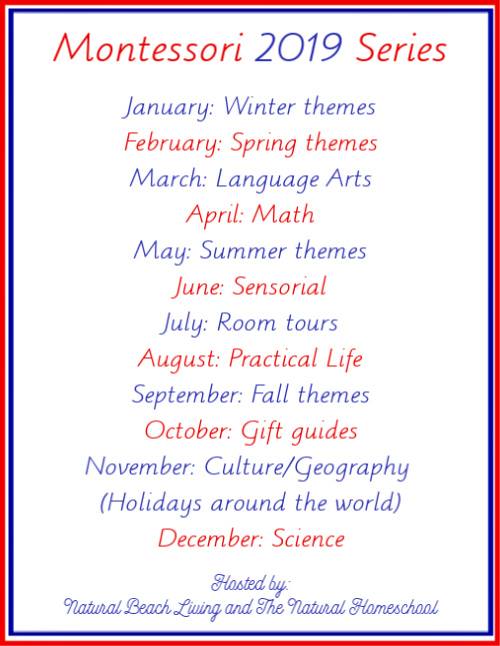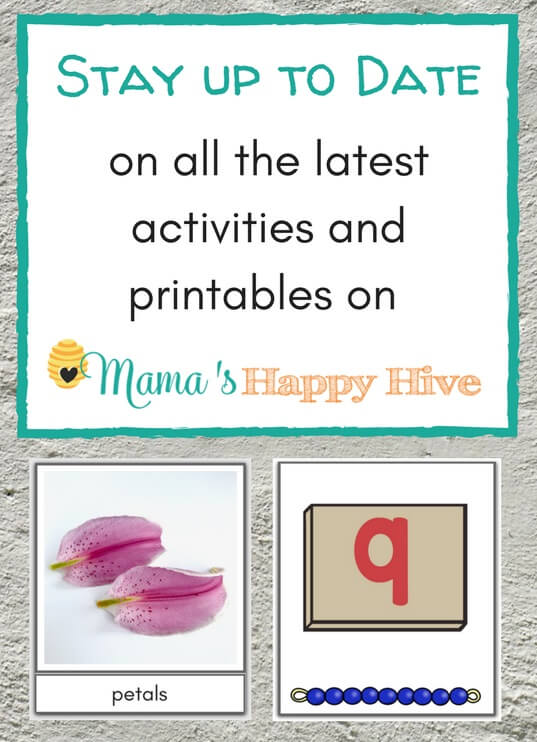Our family recently moved to a home in the country surrounded by Ponderosa Pine Trees. With so much natural beauty all around us, I decided we needed to have homeschool outside as much as possible! I did a little research on how to learn outside. These are my tips for forest school and outdoor learning.

Preparation
It's a good idea to prepare materials and activities before venturing off into the backyard, the wild, forest, or to the nearest park for learning. Preparing ahead of time for learning can help make the difference between having free play versus guided learning. Please don't get me wrong, free play is very important for learning, however, it is also wonderful to have a loose plan to keep the children engaged in purposeful learning activities.
The first thing I did before venturing into our backyard was to read a few "forest school" books to get ideas for constructive play. Here is a list of my favorite books.
Next, I helped the children (ages 3 and 6) pack a little backpack with adventure tools.
Forest School Adventure Tools:
- Twine or Thin Rope
- Scissors or Pocket Knife (depends on age and safety)
- Binoculars or Magnifying Glass
- Measuring Tape or Tape Measure
- Tweezers or Tongs
- Nature Journal and/or Drawing Pad
- Colored Pencils
- Zip Lock Bags (to collect nature objects)
- Water and a Snack
Optional:
- Flashlight (to look in dark places)
- Compass
- Garden Gloves
- Trowel (plastic is lighter)
- Butterfly Net
- Insect Observation Container
- Camera
- Small Blanket (for sitting)
It's also important to know what precautions to take when tromping through the wild, the forest, or your backyard. Always take water, a snack and sun protection. If you are going farther away from home, please take extra clothing just in case the weather changes.
Be aware of any poisonous plants or animals in your area. Teach your child how to spot these things and to avoid them. For example, we do not touch the mushrooms because we do not know which ones are safe and which ones are not safe. So our rule is that we can look at the mushrooms, but we do not touch them.

Tips for Outdoor Learning
Learning outside is an enjoyable activity for children and adults! The number one key to learning outside is observation. Children can learn to observe their environment by watching the adult model this behavior. Walk quietly and softly through the woods so that you do not scare the wildlife away. Also, find a comfortable spot to sit down and hold very still. The more quiet and observant you are, the more you will have the privilege of seeing and hearing. You can also draw your observations during this quiet time.
There are times to be quiet for observation and there are also times to be noisy. It's fun to use all your muscles for learning outside. Running and walking over uneven ground is great for developing gross motor skills. Balancing on a log or climbing a tree is also fun! Older children love to lift heavy rocks or tree limbs. Preparing a safe place for children to throw rocks down a hill is totally awesome! They LOVE this activity!
Here is a list of activities and/or questions that you can ask your child when in the forest:
- Can you tie a rope around a stick and toss it over a tree limb? This opens up a discussion on gravity (pulley-system).
- What lives in a log? Find a log and pull it apart.
- Can you walk across a log without falling off? Can you walk across a log, with your eyes closed, without falling off? Balance on a log (gross motor)
- How many inches around is this tree trunk? Length (inches and feet of objects in nature)
- Let's explore textures with a treasure hunt. Can you find something sharp, smooth, rough, soft, delicate/fragile?
- How many insects can you find today? Draw your favorite insect.
- Identify 2-3 types of trees. What lives in these trees?
- Identify 2-3 types of flowers/plants. How do flowers provide food for insects or animals?
- Identify 2-3 types of fungi. Can you eat wild mushrooms?
- Identify 2-3 animals. Draw your observations.
- Identify scat. How does scat help the environment?

Our Identification List from Our Backyard Forest
- Plants: Ponderosa Pine, Gambel Oak, Fringed Sagebrush, Great Plains Yucca
- Flowers: Scarlet Gilia, Prairie Sunflower, Coneflower, Nodding Onion, Dotted Gayfeather
- Animals: Abert's Squirrel, Coyote, Red Fox, Mule Deer, White Tailed Deer, Turkey
- Many Insects - moths galore!
- Many Birds - Rufous Hummingbirds are our favorites!

Bring Nature Inside
We like to bring a little bit of nature back indoors to spark more discovery and learning. One day we collected sticks to use for counting. Another day we labeled the anatomy of a squirrel. Sometimes, we temporarily catch an insect to put in a container so that we can observe it, draw our observations, and read books about our insect friend. We also collect feathers, bones, rocks, flowers, pinecones, leaves, and whatever else is interesting. I put our treasures into observation squares or on our nature shelf.

Montessori 2019 Series
This post is part of the Montessori 2019 Series. Please scroll down to see the other contributors for "practical life" posts. Since we live in the country now, I want my children to know their surroundings. I want them to be able to recognize flora and fauna so that they know what is safe and what is not safe in their environment. As time goes on, we will also practice outdoor survival skills. These are awesome practical life skills for children of all ages to learn.
Other Practical Life Posts:
- What are Montessori practical life skills?
- Practical Life for Kids in the Kitchen
- Montessori Flower Arranging
- Caring for a Plant
- Recycling for Kids
- 100+ Montessori Practical Life Skills
- Hand-Sewing Kit for Kids
*Please note: The themes for August and September have been changed (flip flopped).

September 24th: Practical Life
Montessori Practical Life Ideas Step 1 {Printable} | The Natural Homeschool
Kids' Kitchen: Favorite Gluten-Free, Sweet Spinach Muffins {aka Green Monster Muffins} | Living Montessori Now
Forest School and Tips for Outdoor Learning | Mama’s Happy Hive
Simple Food Preparation and Recipe Ideas for Kids | The Pinay Homeschooler



Leave a Reply